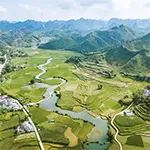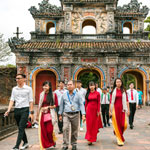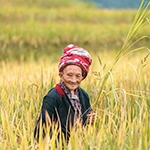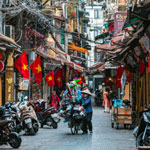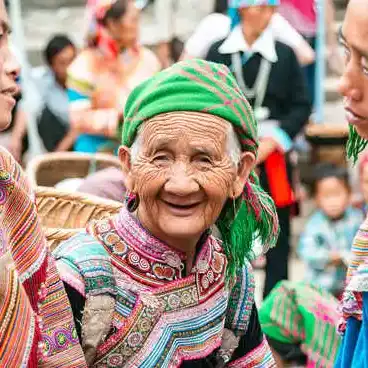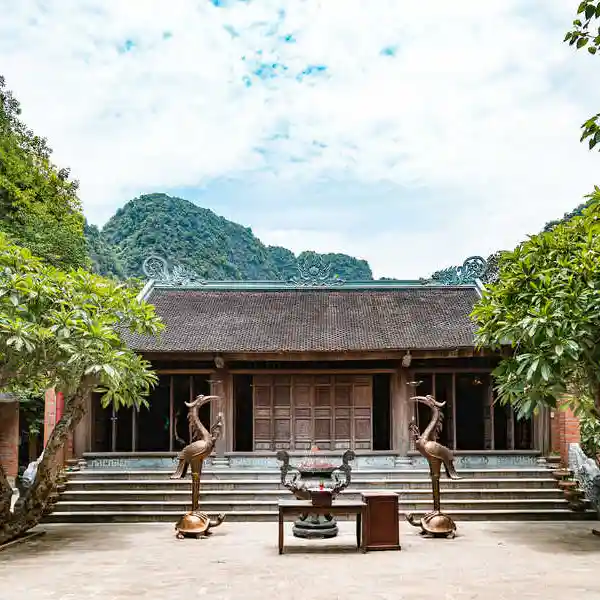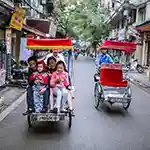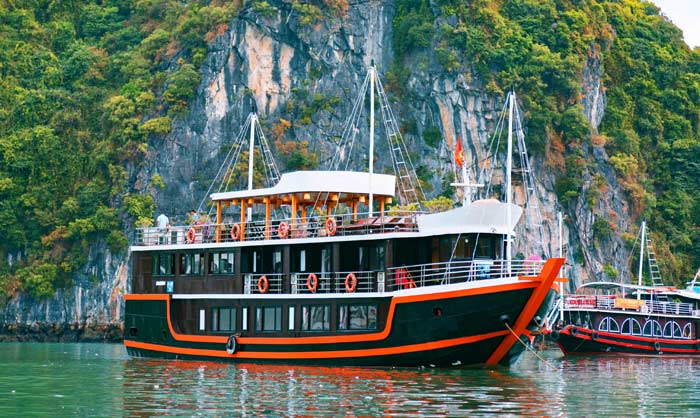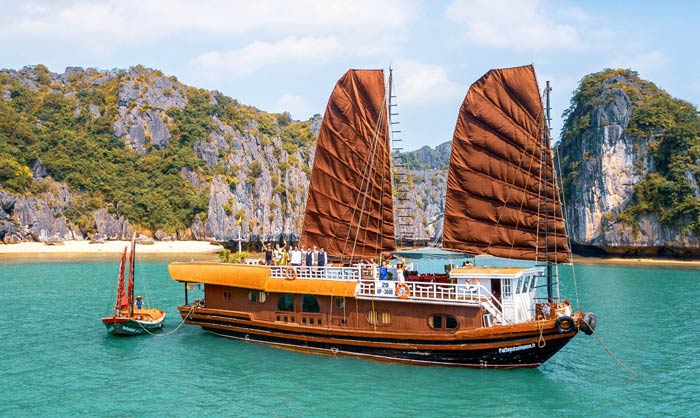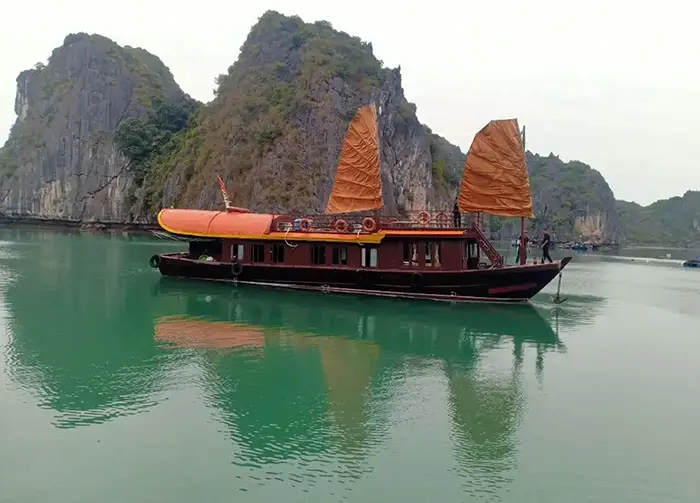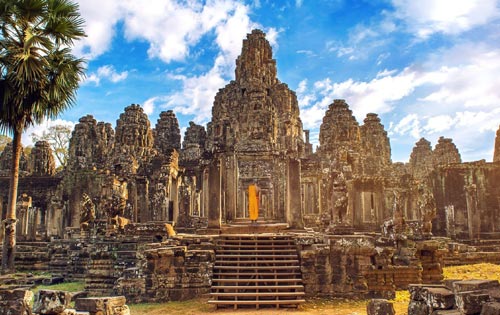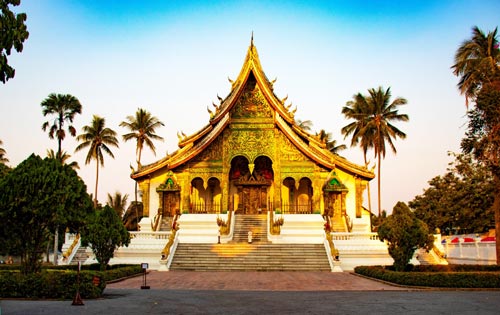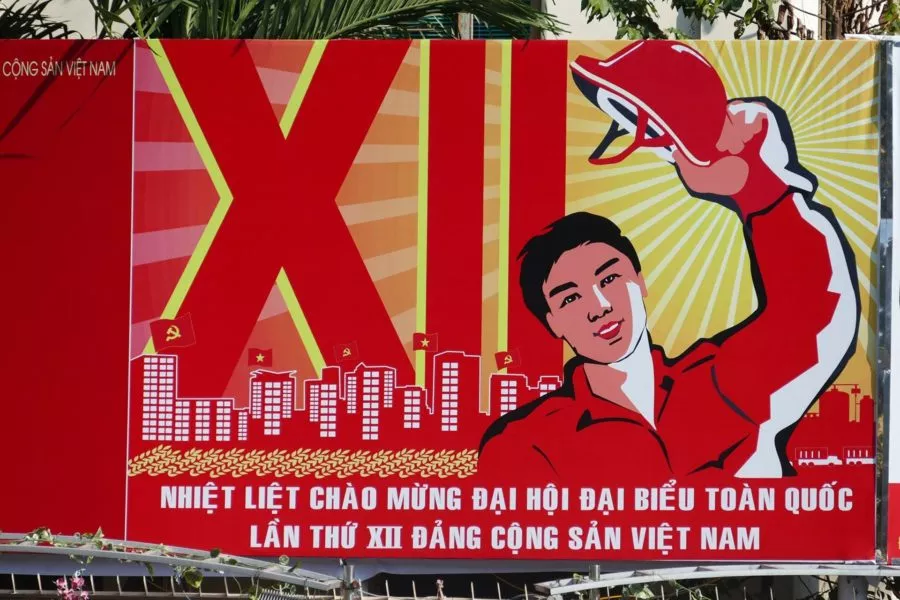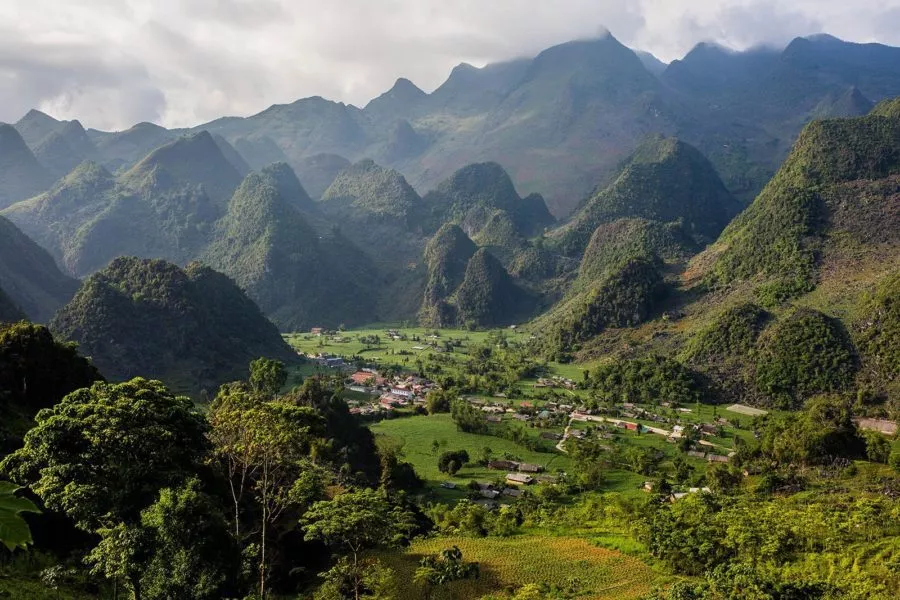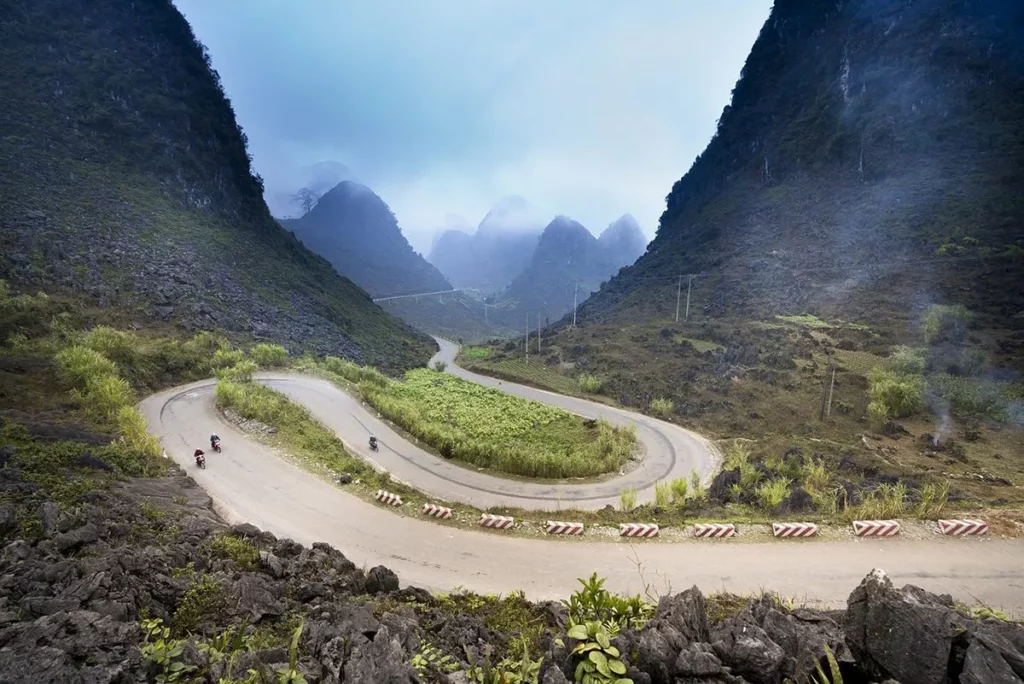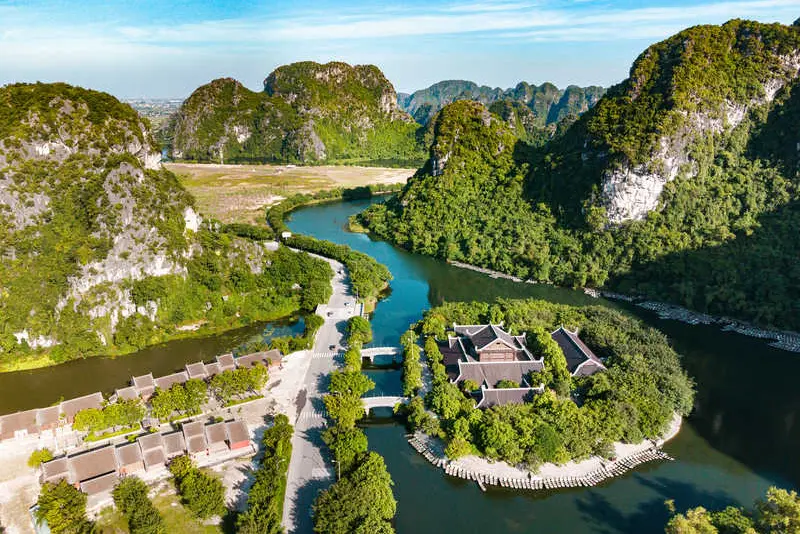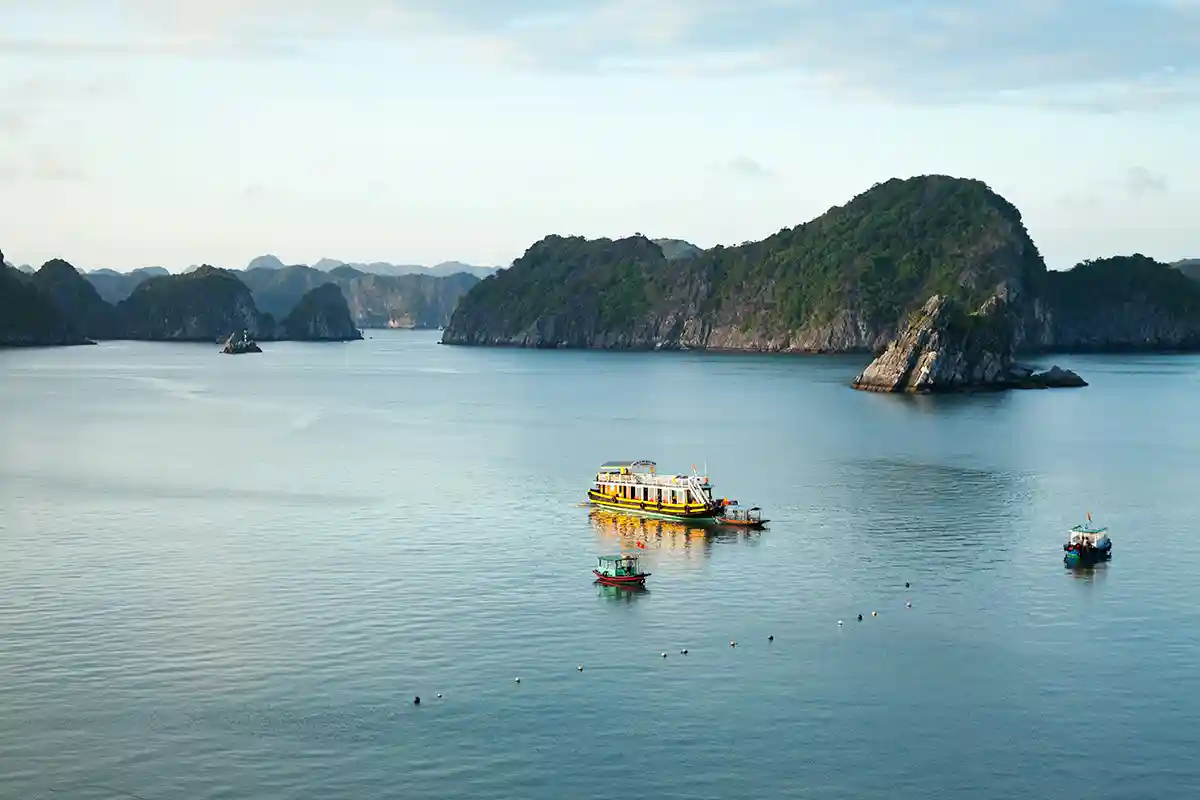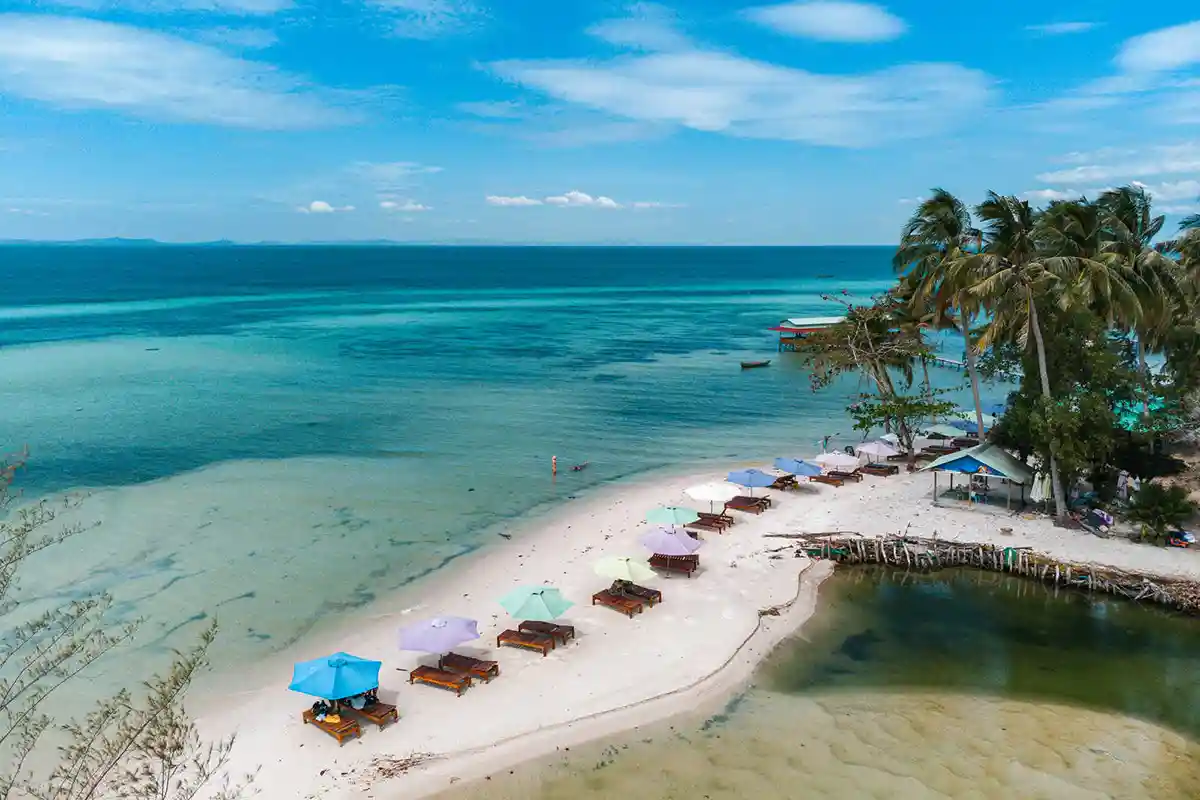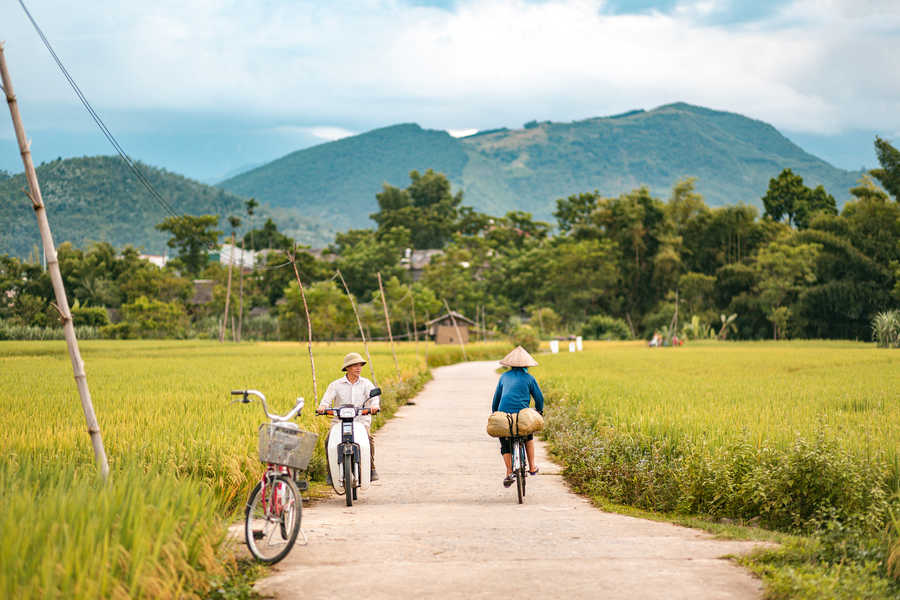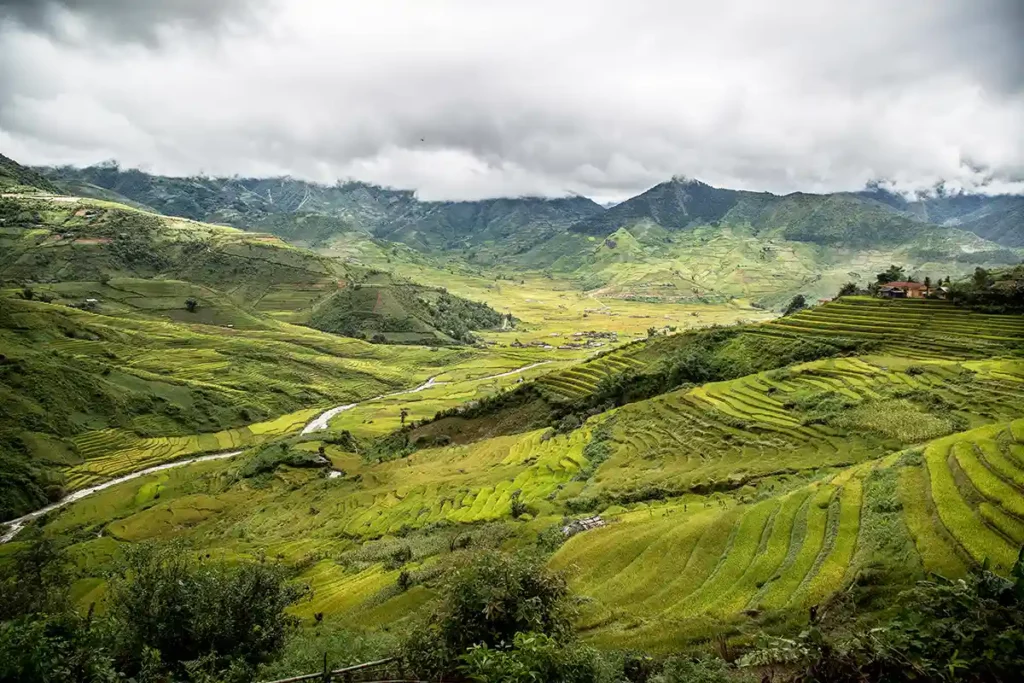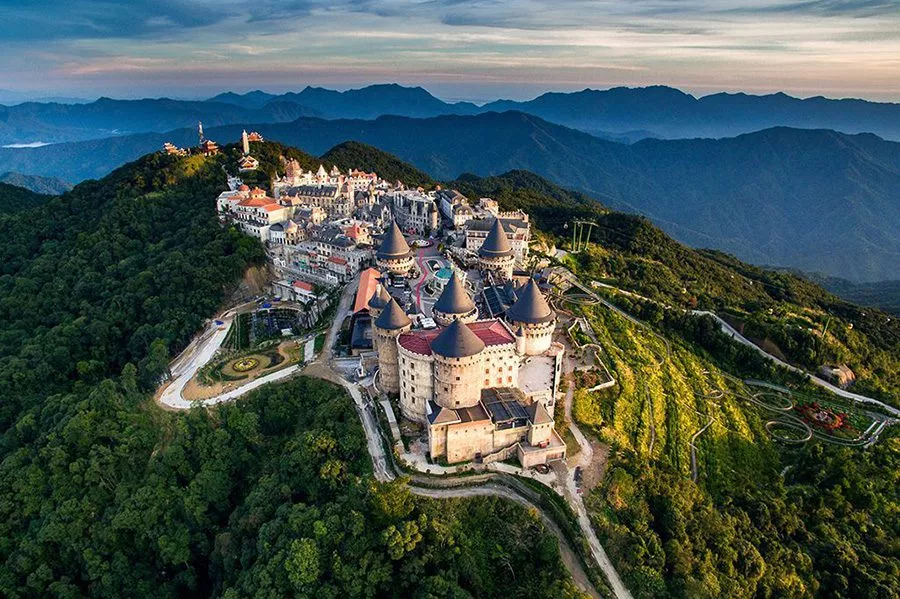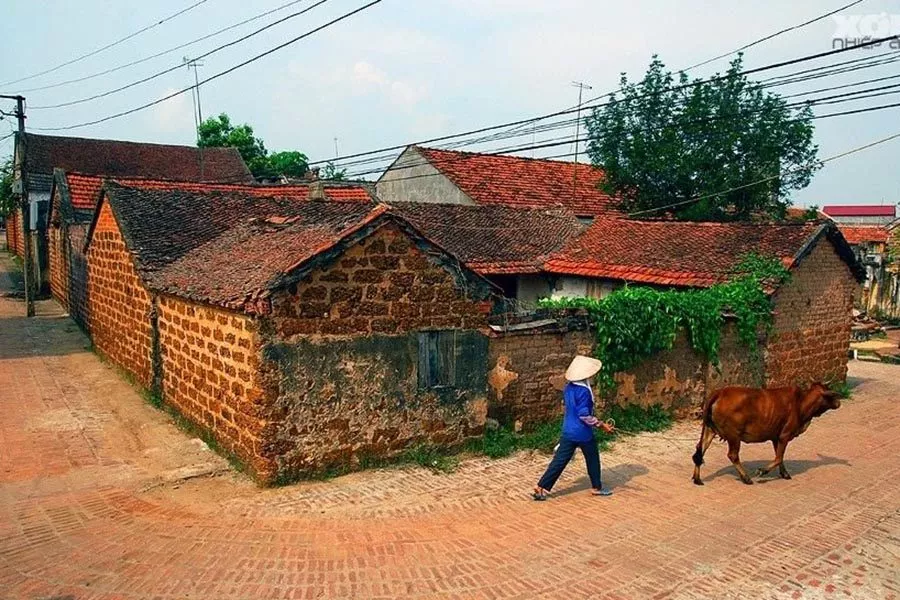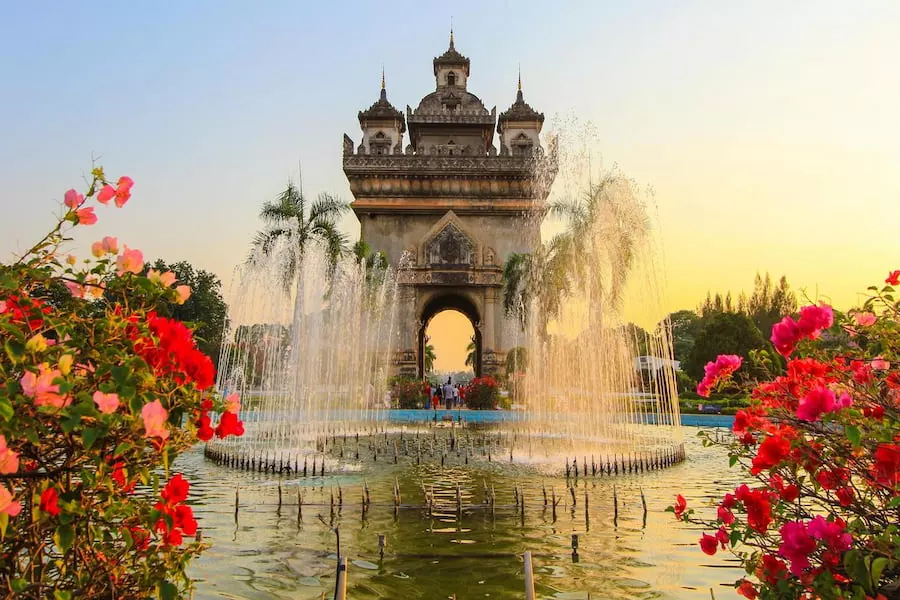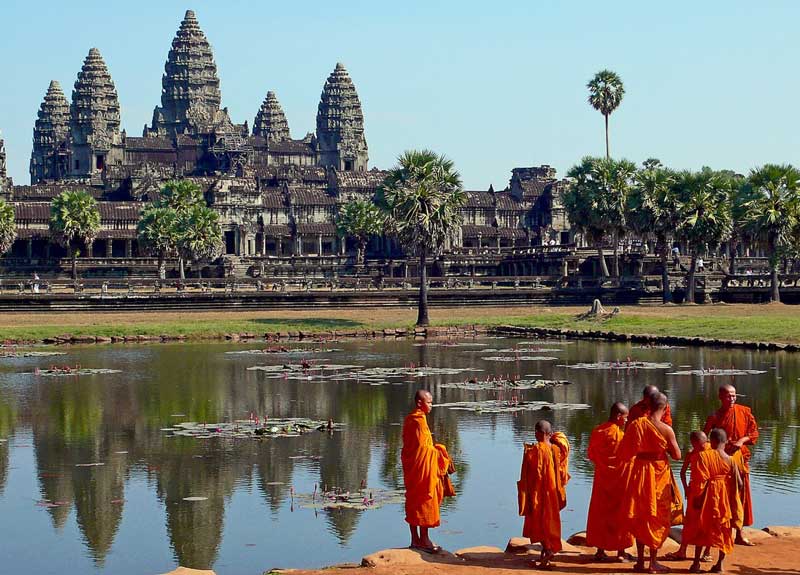Vietnam has a recent history that is both dramatic and complex, yet full of lessons for anyone who wants to understand the country today.
That’s why we offer here a broad overview of its history and a glimpse into some of the striking facets of contemporary Vietnam.
Key Dates Leading Up to Reunification
- 1887 – France establishes the Indochinese Union
- 1930 – Founding of the Indochinese Communist Party
- 1941 – Founding of the Viet Minh (Independence Front)
- September 2, 1945 – Declaration of Independence in Hanoi
- 1946–1954 – First Indochina War
- July 20, 1954 – Geneva Accords: Vietnam is partitioned (Democratic Republic of Vietnam in the North / Republic of Vietnam in the South, supported by the United States)
- 1960 – Creation of the National Liberation Front of South Vietnam
- 1960–1975 – Vietnam War (from the American perspective)
- April 30, 1975 – Victory of the North and the National Liberation Front of South Vietnam
Vietnamese history is a long story of resistance and resilience against foreign invaders: China (for 1,000 years, 111 BC – 938 AD), France (1859–1956), and the United States. In 1975, Vietnam regained its independence—not for the first time, but for the first time as a fully sovereign nation-state.
History of Reunification and the Đổi Mới Reforms
The Socialist Republic of Vietnam was born in 1976, uniting the two regions and populations that had been engaged in civil conflict for nearly 20 years. Reunification did not mean an immediate merging, as these two territories had developed under different economic, political, and cultural systems.
Simply put:
North: A state-controlled, planned economy where all activity takes place within state institutions.
South: A liberal, though regulated, economy that encouraged foreign investment—including from former colonizers.
In terms of public and political freedoms, there were also major differences:
North: During the war period, unity was law—no dissenting voices were tolerated.
South: Civil society was more developed, allowing parliamentarians, union members, intellectuals, and others to express their views.
Upon reunification, the Northern government reorganized the South by transforming its economic, social, and political systems. They implemented state control and collectivization. Southern officials were subjected to political “re-education” (severity depending on the perceived “crimes” committed). Re-education camps were established, resulting in the deaths of over 150,000 people and forcing hundreds of thousands to flee the country by sea.
The “Northernization” (Jean and Simone Lacouture) of Vietnam’s entire economy was a failure, and Vietnamese leaders realized that they needed to embark on a path of economic reforms.
The reform known as Đổi Mới was the culmination of local and sectoral reforms implemented between 1979 and 1986. Yet despite these efforts, food shortages were widespread and malnutrition common. It became urgent to move away from the Soviet-style socialist model.
By the mid-1980s, the Soviet Union had embarked on its own reform, Perestroika. As Vietnam’s main aid provider, the USSR quickly announced a renegotiation of economic agreements between the two countries. In China, reforms were also underway, closely observed by the Vietnamese. In 1987 and 1988, the Communist Party of Vietnam, then led by Nguyễn Văn Linh, issued a series of decrees removing obstacles to private-sector activity to stimulate growth. This marked the official recognition of a free market and a private sector within the economy.
By 1989, Vietnam’s economy was regulated by market forces and opened to the outside world, with laws enacted to encourage foreign investment.
What characterizes Vietnam today? Let’s take a closer look at three key aspects of contemporary Vietnamese society:
- An outward-looking, liberal economy
- A single-party political system
- A strong role of spirituality
Foreign trade drives the economy forward
After the failed attempt to establish a state-subsidized, centrally planned economy, the country fully embarked on a process of economic modernization.
This modernization was achieved in large part through Vietnam’s gradual integration into the global market. Successive reforms and the adaptation of its economy to liberal globalization enabled the country to join the WTO in 2007. The twin forces of globalization and regionalization have driven Vietnam to open up and rely on trade as a key engine of economic growth.
For the past 25 years, foreign trade has been the main driver of Vietnam’s economy, allowing it to consistently achieve high growth rates (over 7% in 2018). The liberalization of rural productive forces, along with the widespread adoption of high-yield varieties, has enabled Vietnam to become the world’s second-largest rice exporter (after Thailand). At the same time, other crops have flourished, including sugarcane, tea, pepper, rubber, and cotton. Coffee and aquaculture have also become major sources of national income.
The country has thus adopted the same economic strategy as the “dragons and tigers” of East Asia: producing for export by leveraging the comparative advantage of low labor costs, whether in agriculture or in industry (notably food processing and textiles).
Today, the country exports predominantly manufactured goods (70% compared to 12% for agricultural products), which has placed Vietnam in the category of “newly industrialized countries” according to the modern international division of labor.
Hardly affected by the global crisis, Vietnam continues its reforms, and the country’s economic future looks very promising.
The Single Party: Guiding the Nation
Do these economic transformations influence the country’s political system? In many countries, such radical shifts in economic policy have also led to significant political changes…
After 1989, there was an intellectual ferment, with some calling for greater pluralism—still within the ideal of a socialist democracy, seen as the ultimate stage of societal evolution in Marxist thought. Others went further, arguing for the abandonment of democratic centralism and the dictatorship of the proletariat, which they considered anachronistic in peacetime. Even the Party’s General Secretary called for “unshackling” writers and artists from political control.
Đổi Mới was thus “a greater will to speak and act outside the constraints of any binding political doctrine” (Pierre Brocheux).
This brief period of openness was short-lived, as economic transformations became the priority from 1991 onward. The Party feared the potential destabilization that too much freedom of expression could cause. It therefore targeted those who voiced opinions deemed too far from established truths. In practice, the Party still operates according to the Leninist model, although its ideology has evolved: Ho Chi Minh’s thought has replaced Marxist-Leninist doctrine. The Party no longer enforces the “dictatorship of the proletariat” but instead guides the Vietnamese nation.
At the same time, institutions of the rule of law were established. The National Assembly gained a central role and intensified its legislative work. However, the initiative for drafting laws rests with the Communist Party’s Advisory Committee, and the adoption of these laws is overseen by the Standing Committee of the National Assembly. For both elected representatives and officials, dual affiliation—Party and State—remains the prevailing norm. The Party is therefore omnipresent at every level of society. In a way, it is intertwined with society, evolving alongside it rather than imposing a direct yoke. Yet precisely because it is so closely linked to society and subject to its changes, the Party tolerates no dissent.
The Party derives its legitimacy from the fact that it continues to guide the country. It led Vietnam to independence, steered it through modernization, and continues to lead it toward prosperity.
The Role of Spirituality in Vietnamese Society
During the trial period of “real socialism” following reunification, the practice of traditional beliefs was prohibited. Only major religions, such as Buddhism and Catholicism, were tolerated, and their worship freely practiced.
Since the Đổi Mới reforms, the country has witnessed a kind of “boom” in religious and spiritual practices, reflected in high attendance at sanctuaries and pilgrimages. Two main factors explain this trend. First, accelerated economic transformations—leading to rural exodus and uprooting, along with aspirations for material prosperity—have prompted a return to propitiatory rites and fortune-telling, practices that were previously banned. Invocation of the supernatural has once again become common. Second, the State itself has played a role in this revival of beliefs by elevating Ho Chi Minh to a tutelary figure, revered as a protective genius by Vietnamese families.
This revival of beliefs forms part of a strategy to strengthen national cohesion. While tensions do exist between the Party and representatives of major religions, these do not reflect an anti-religious policy on the part of the Party. Rather, they express the Party’s need to reserve political authority exclusively for the State and the Party. The political and religious spheres are separated, and the latter must not interfere in the affairs of the former…
Current Challenges
The Đổi Mới policy has enabled Vietnam to modernize economically and increase its wealth. Absolute poverty has significantly declined, and the country now plays an important role in both economic exchanges and political dynamics within the Asian region.
Vietnam records an increasingly large annual inflow of foreign direct investment (FDI): between January and September 2015 alone, it attracted USD 17.15 billion across 461 projects. The top investing countries are South Korea, Malaysia, and the United Kingdom. The country continues to foster a business environment favorable to foreign investors.
The Party accommodates foreign investors who bring capital into the country. However, this accommodation sometimes produces unintended consequences, such as violations of workers’ rights or environmental scandals—like the death of millions of fish following toxic discharges by the Formosa company.
The challenge for the Party, therefore, is to find a balance between encouraging investment and ensuring respect for social and environmental rights.
This brief history owes much to Pierre Brocheux’s book: Histoire du Vietnam contemporain. La nation résiliente, Fayard, 2011.

